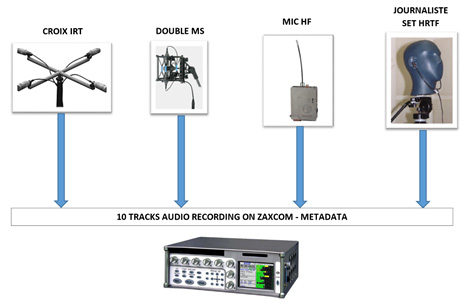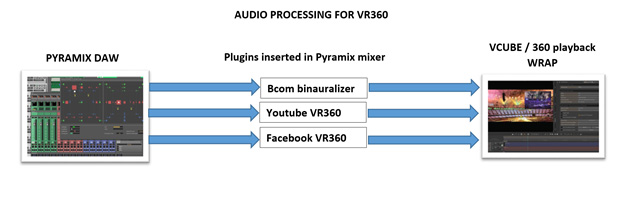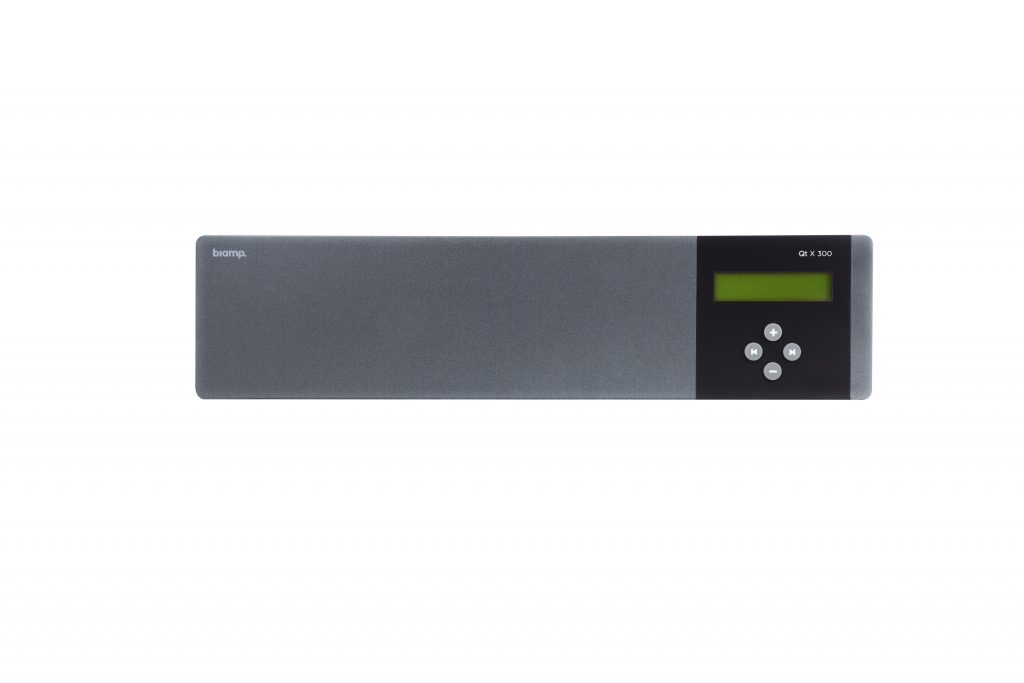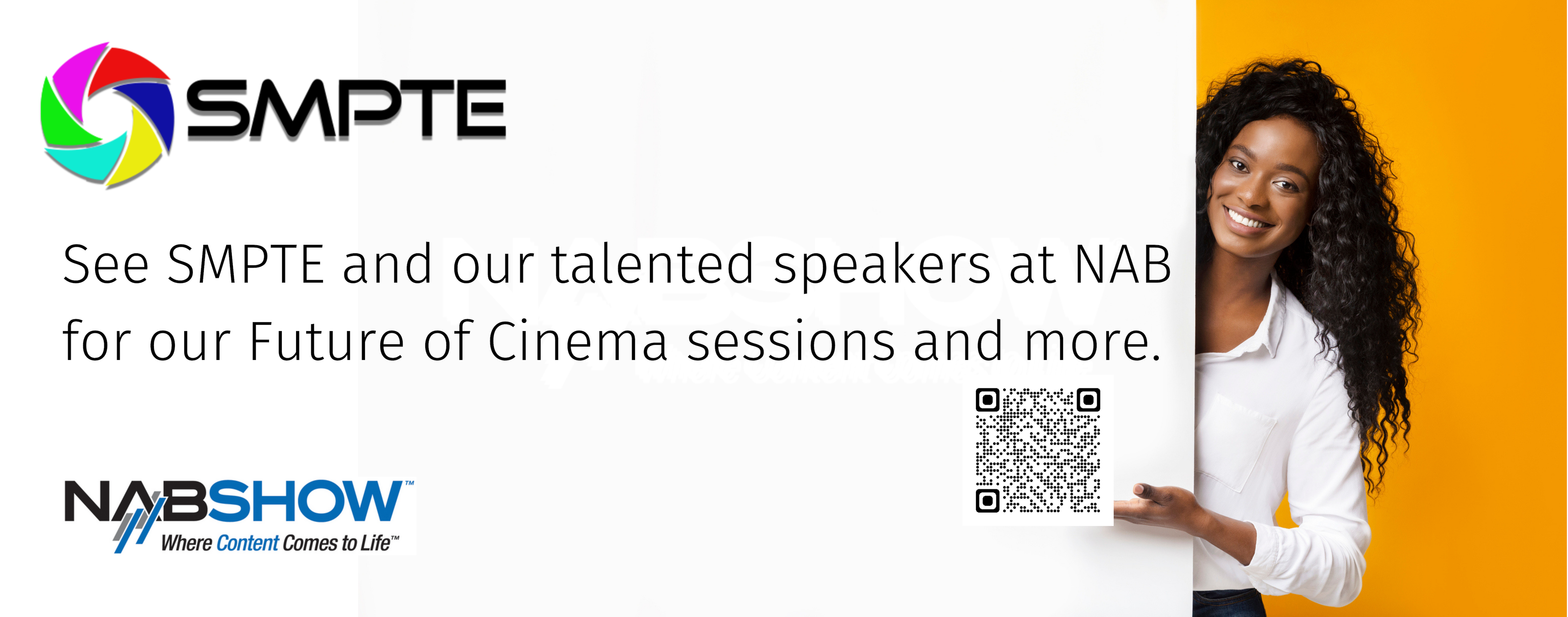RFI is a news radio station broadcasting in French and 13 other languages to all five continents. It is broadcast on terrestrial channels, by satellite, on the web and on connected applications. Every week, this global radio station has 41.3 million listeners and its digital environments record 13.7 million visits per month as well as 15.9 million Facebook and Twitter subscribers.
Since 2015 the projects that require it are broadcast in binaural sound to be listened to on headsets on the France Medias Monde websites and social media https://en.wikipedia.org/wiki/Binaural_recording
Pyramix has been used for many years, firstly for vinyl mastering and digitization. RFI has one of the largest archives of African music. In 2012, RFI Labo was created to introduce new technology into the RFI production line in order to make radiophonic writing progress. RFI Labo has a Pyramix Masscore and a Pro Tools connected to a Horus for post-production. Since then, several Pyramix Natives with an interface adapted for directors and editors are used for their multichannel productions. This tool was selected for its flexibility, the adaptability of its interface and its bus mixer structures that can use 22.2 for example, not to forget its full monitoring section.
Multichannel projects are produced in stereo for terrestrial broadcasting and in binaural for the web. An increasing number of programmes include video to be more suitable for broadcasting on social media. Recently, VR 360° was added to the RFI Labo works. For these productions, the entire technical methodology for sound capture, journalistic writing and post-production had to be reviewed and adapted. This work was directed by Xavier Gibert (in charge of the RFI Labo production unit). “In 2012 we created RFI Labo following our 5.1 experiments and we were able to go further for productions, firstly in sound binaural only and starting in 2015 with video. Merging tools – first and foremost Pyramix – were always used in these projects. Currently there is a team of three TCRs (Radio and Video) in Abidjan with a journalist and a production manager to cover the FEMUA festival, which is an important event in Africa and beyond”
The journalists also had to adapt and change the programmes’ narrative sequences; compared to mono or stereo recording; immersive sound recording requires less description of the location. Immersive sound is often enough for the listener to understand the space. As a result, the journalists have to include pauses or transitions in the rhythm of their reports. “We managed to make our senior management understand that when all media was on digital platforms, we needed to differentiate ourselves, but how? Firstly through content, but also through our subconscious relationship with listening comfort. With binaural, the location’s emotion will pass through the space and listeners can project their own emotions”
Xavier Gibert has researched the recording methodology and depending on the content, this is the usual scheme. “We will have a dozen tracks recorded simultaneously. Depending on the content and the location, we use an IRT cross or a double MS with spot HFs so why not native binaural recording”.
RFI multichannel audio scheme
In the studio, metadata is retrieved in Pyramix and the elements are de-rushed and edited. A “bed” is created in 5.1 or 7.1 (basic direct sound mix) and then elevation and narration elements recorded in the studio are added before the final mix. The b<>com binauraliser is on the outputs [Render Spk2Bin] from b<>com *Spatial Audio Toolbox* that allows a multichannel audio 3D with virtual speakers approach. “For the 360 VR we use the same method except that we have 3 binaural output buses, 1 bus with the b<>com plugin for our web platforms, another one with the Noisemaker bus for YouTube emulation and a final bus for the Facebook plugin. The image is on a temporary VCube. We will soon be receiving a new VCube which will make it possible to read 360 files without reduction and to include the metadata during the wrap”
Audio post production workflow
Xavier Gibert, “For the future we would like to have portable solutions to directly produce content on location without having to use the studio phases.”
RFI Labo productions can be viewed on https://www.youtube.com/watch?v=jmEu_f0ccCM&feature=youtu.be
RFI Labo is also consulted for co-productions with other media such as Arte for the – Touche Française series –http://creative.arte.tv/fr/touchefrancaise-trailer
RFI is a choice Merging Technologies user. Maurice Engler from Merging: “We have always had a constructive relationship with Xavier from RFI because he has the agility to understand new technology and to include it in his production mode. Without him, the production workflow and the implementation of binaural plugins wouldn’t be as smooth”
Resources:
http://ravenna.alcnetworx.com
www.b-com.com
rfi.fr






